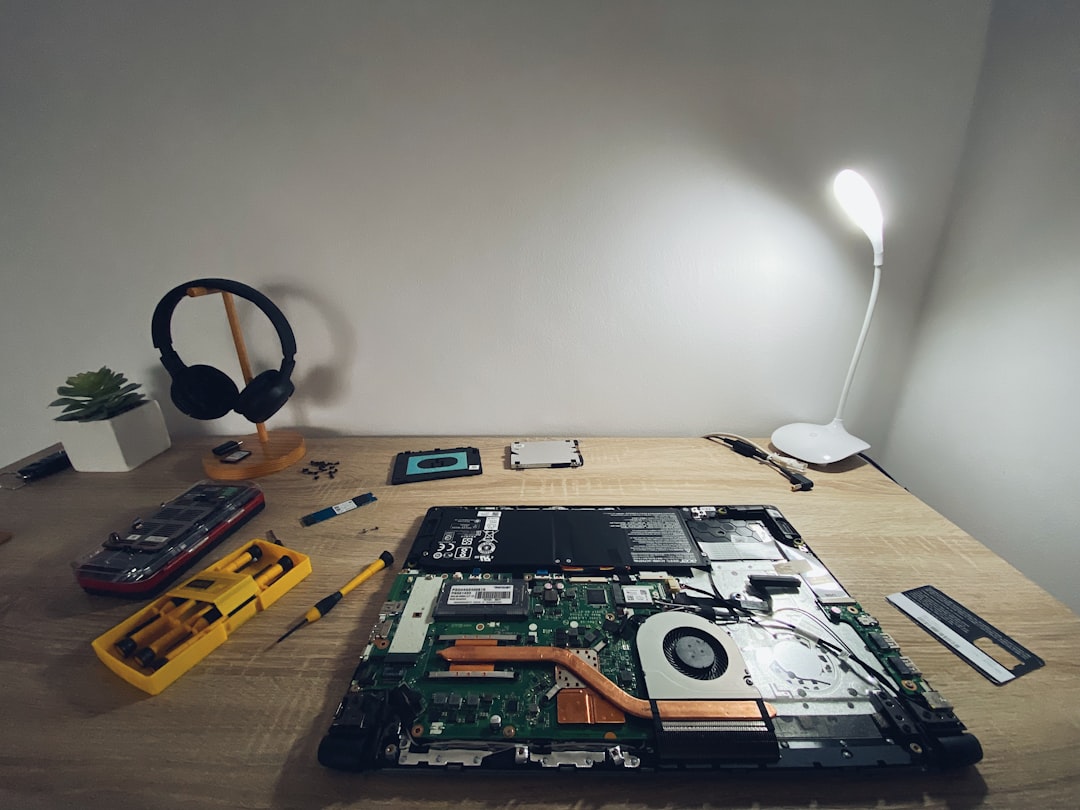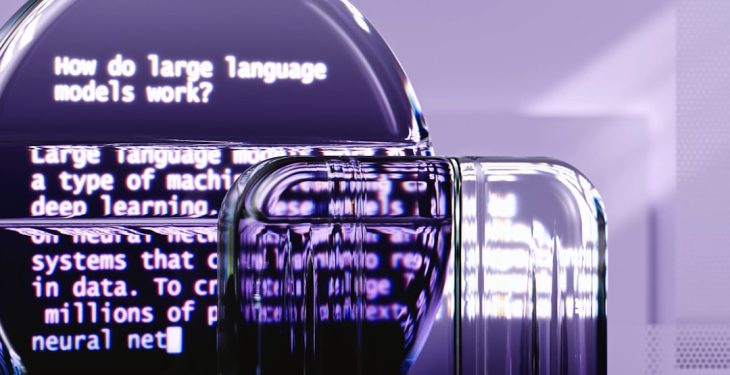If you’ve ever encountered the frustrating message saying “Catalyst Control Center cannot start” when trying to open your AMD graphics settings, you’re not alone. This is a common issue among users with AMD graphics cards, particularly after a driver update or a fresh Windows installation. The Catalyst Control Center (CCC) is an essential utility that allows users to adjust graphics settings, and when it suddenly stops working, it can be incredibly inconvenient. Fortunately, there’s a reliable fix that works almost every time.
What Causes the Error?
The issue typically arises when the Catalyst Control Center is either corrupted during installation or has compatibility issues after a system update. Some common causes include:
- Outdated or corrupted AMD drivers
- Incomplete installation of the Catalyst Control Center
- Conflicting background processes during driver updates
- Misconfigured system registry entries
This error doesn’t necessarily mean there’s something wrong with your graphics card itself—it often indicates a software-level issue that can be resolved with a few steps.
Quick Solution: The Fix That Works Every Time
Follow this comprehensive and effective method to get your Catalyst Control Center up and running again. This solution involves completely removing the existing drivers and software, then reinstalling them cleanly.
-
Uninstall AMD Software and Drivers:
Use the Programs and Features section in your Control Panel to remove all AMD-related software. Look especially for entries like “AMD Software,” “AMD Catalyst Install Manager,” and “AMD Display Driver.”Tip: For best results, use the official AMD Cleanup Utility to thoroughly remove residual files and registry entries.
-
Reboot in Safe Mode:
Restart your computer in Safe Mode to prevent conflicts. To do this, hold Shift while clicking on “Restart” from the Start Menu and follow the prompts to enter Safe Mode. -
Install the Latest AMD Drivers:
Visit AMD’s official driver support page and download the latest drivers for your specific graphics card model.During installation, ensure that the “Factory Reset” option is selected. This reinstalls all necessary components, including the Catalyst Control Center.
-
Restart and Test:
After installation is complete, restart your system normally. Once booted, right-click on your desktop and select “Catalyst Control Center” — it should now launch properly!

Alternative Steps if the Problem Persists
In some rare cases, the issue might still not resolve even after a clean install. If that happens, try the following:
- Run Windows Update: Ensure your system has all the latest updates installed. Sometimes, Microsoft patches can fix compatibility issues.
- Disable Overclocking: If you’ve overclocked your GPU or CPU, revert to default settings. Overclocked hardware can disrupt how drivers function.
- Check .NET Framework: CCC depends on Microsoft’s .NET Framework to function correctly. Go to “Turn Windows features on or off” and make sure all required .NET components are enabled.
- Use Compatibility Mode: Right-click on the CCC executable (found in C:\Program Files (x86)\ATI Technologies\ATI.ACE\), go to Properties → Compatibility, and set it to run under Windows 7 or 8 mode.
Prevention Tips
To avoid issues with the Catalyst Control Center in the future, consider the following best practices:
- Always perform a clean install when updating your graphics drivers.
- Use official tools like AMD Software: Adrenalin Edition for updates rather than third-party programs.
- Back up your drivers before any major Windows updates.
- Avoid interrupting the driver update process or running heavy programs while it installs.

Conclusion
While the “Catalyst Control Center cannot start” message can be frustrating, it’s usually just a hiccup that can be fixed with a clean installation of your AMD drivers. By following the steps outlined above, you’ll not only restore your Catalyst Control Center but also ensure your system is optimized for smooth performance.
Don’t forget to keep your drivers up to date and maintain good software hygiene to prevent similar issues in the future. With a little maintenance, your AMD graphics hardware can deliver the exceptional performance it was designed for!
